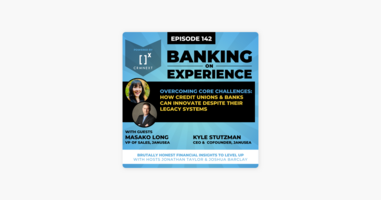
Companies want to see more growth and profitability than they can achieve with their existing strategies, often CRM solutions are implemented to achieve these desired goals. Evaluators are sometimes unaware it can be a double-edged sword which can make or break an organization. If implemented correctly, the outcome is favorable and reaps sizable profits and sustained customer relationships. But, if a CRM solution is implemented incorrectly, it can create turmoil within the organization – breaks in exchange of communication, conflicting business strategies, lost customer information and more. The lack of support for the solution from users increases as the CRM "solution" becomes a "problem".
Almost 40% of the CRM implementations in the last decade have failed. This was in most cases due to a lack of necessary resources and an insufficient focus on change management. An internal resistance to change and lack of employee involvement is also often cited as a roadblock. In 2002, CIGNA Healthcare's $1 billion investment in a CRM initiative moved 3.5 million employees from 15 legacy systems to two new platforms. Customer service glitches due to implementation issues caused 6% customer churn the same year.
CRM should not be viewed as an IT tool but as a strategic enabler for organization-wide impact. To avoid a CRM solution from falling short of expectations, a top-down approach is recommended for championing the implementation; involvement of your organization's strategy-makers and sponsorship from top management will ensure a success for this strategic imperative. It is important to develop a CRM strategy and value proposition when implementing a CRM initiative.




